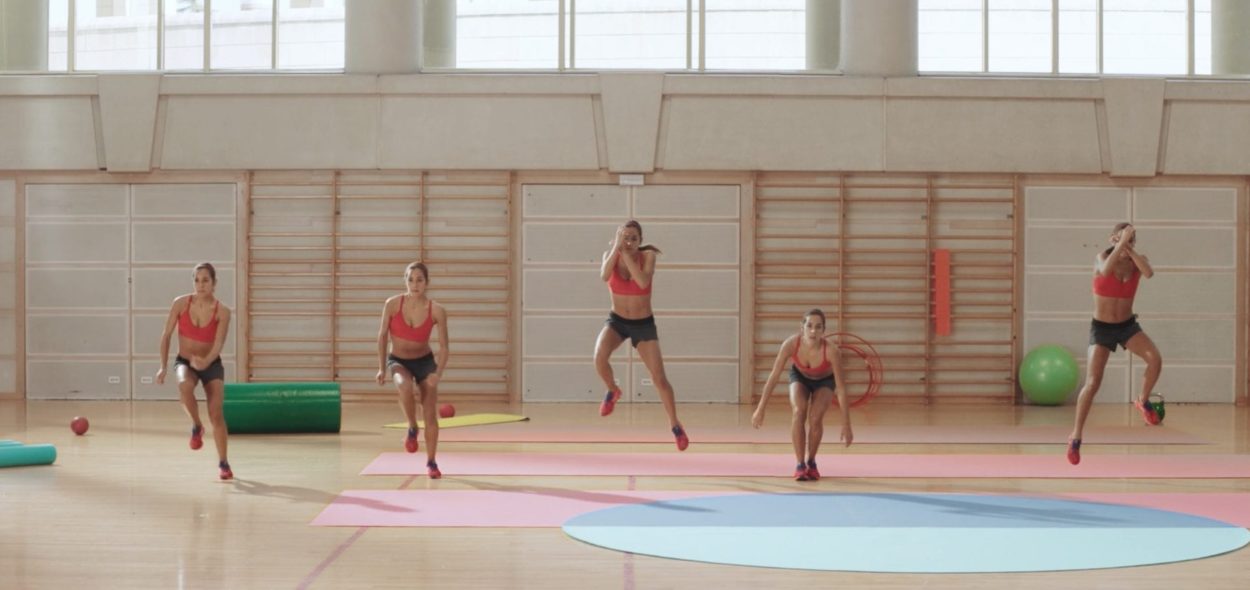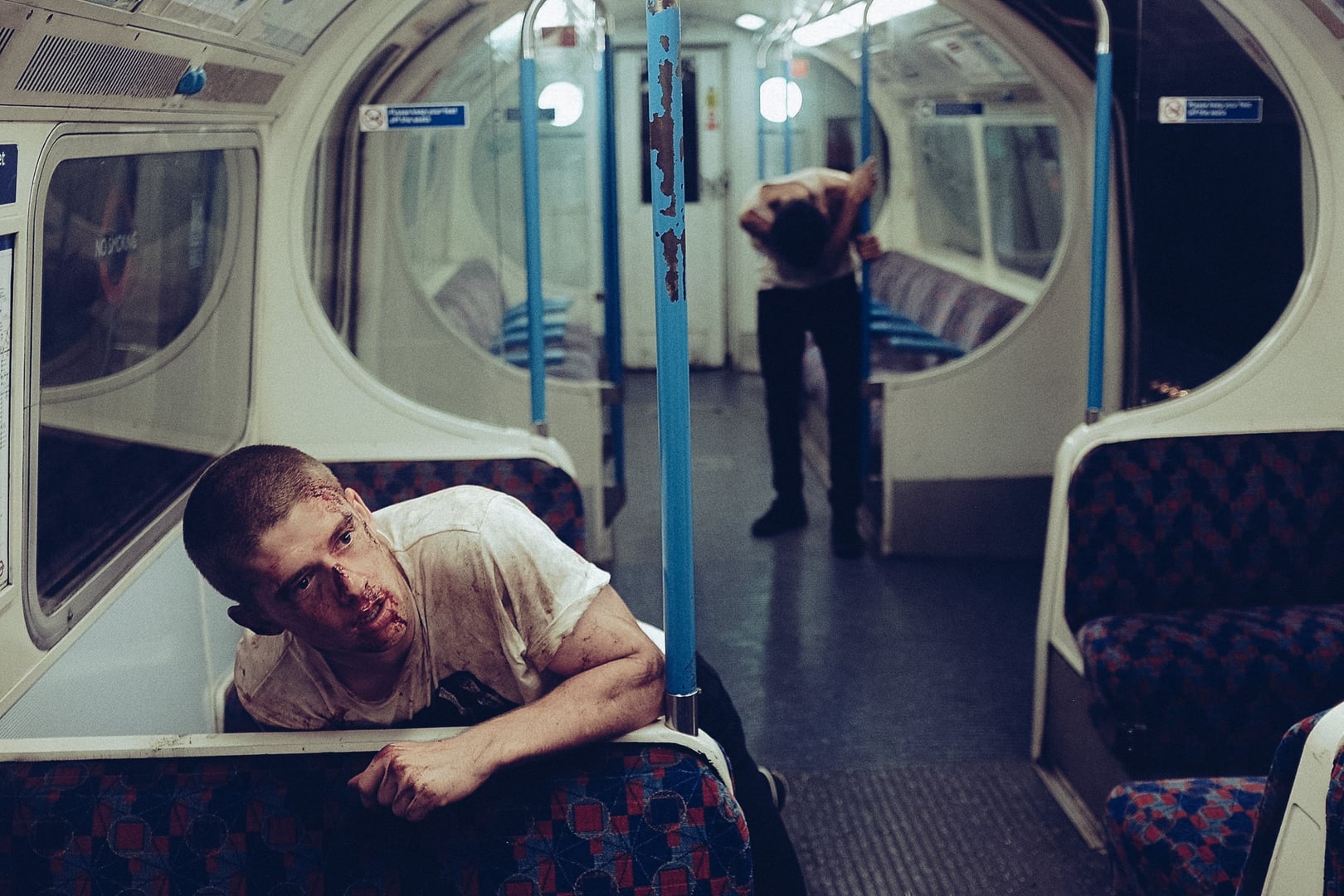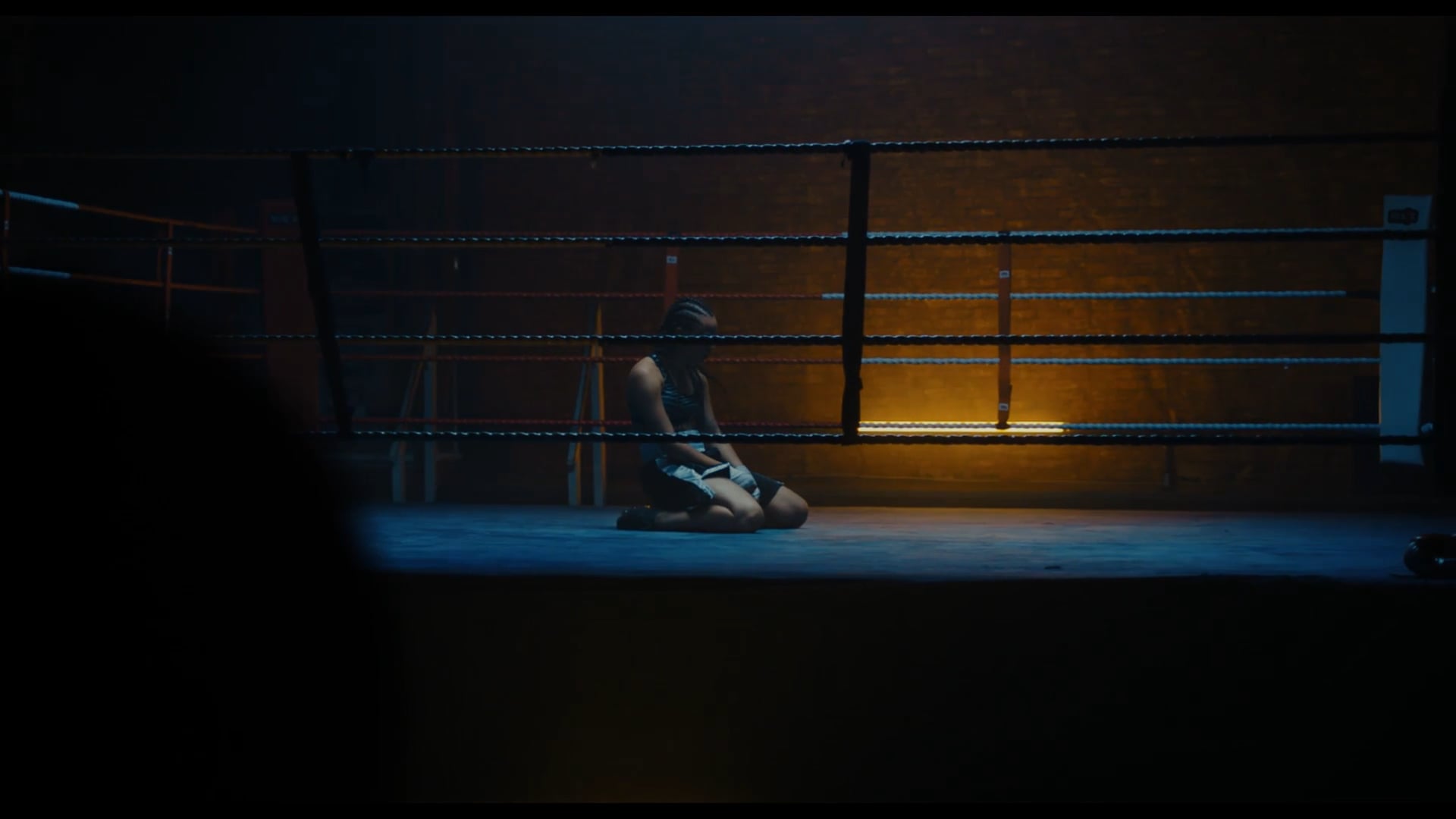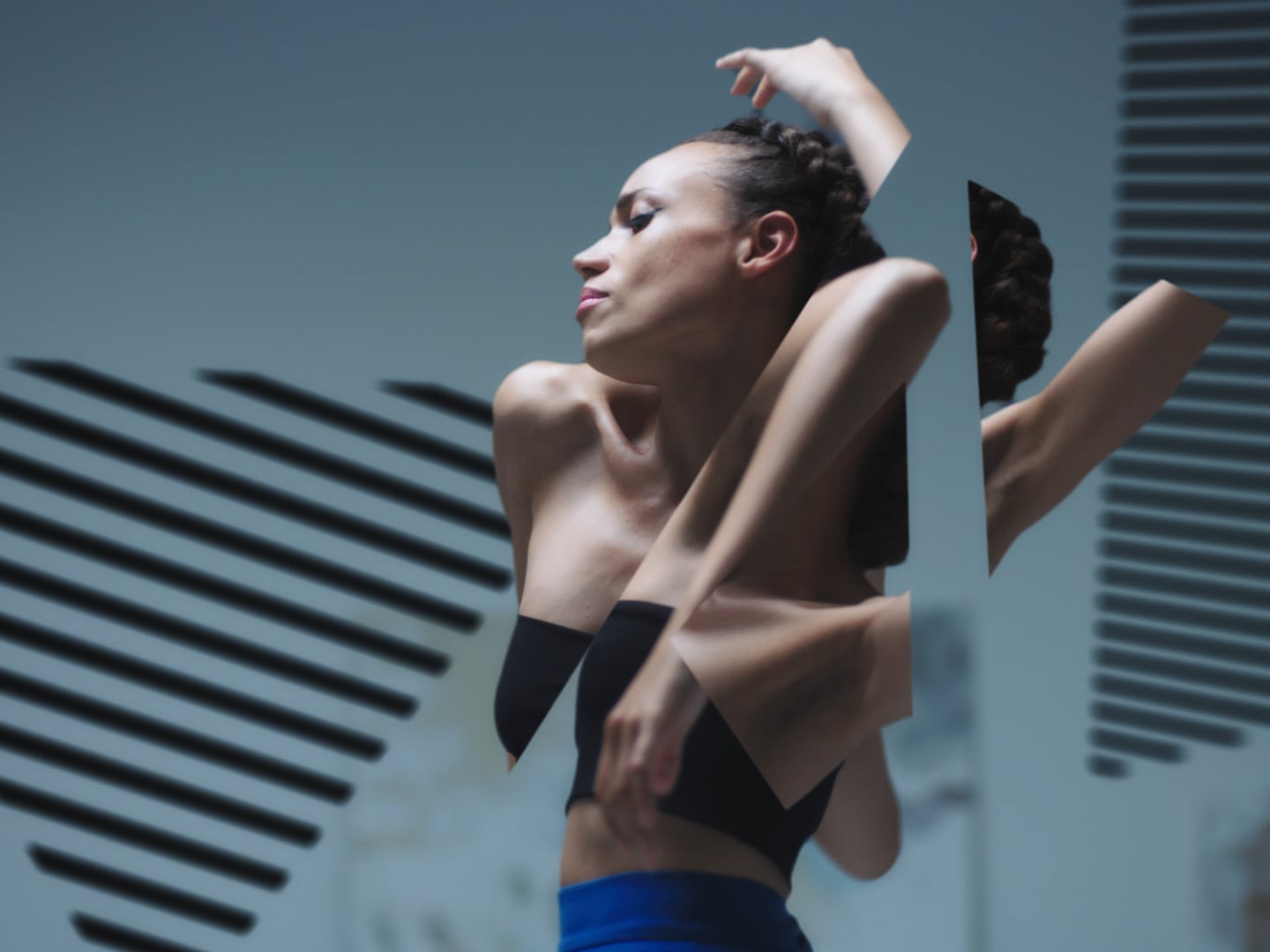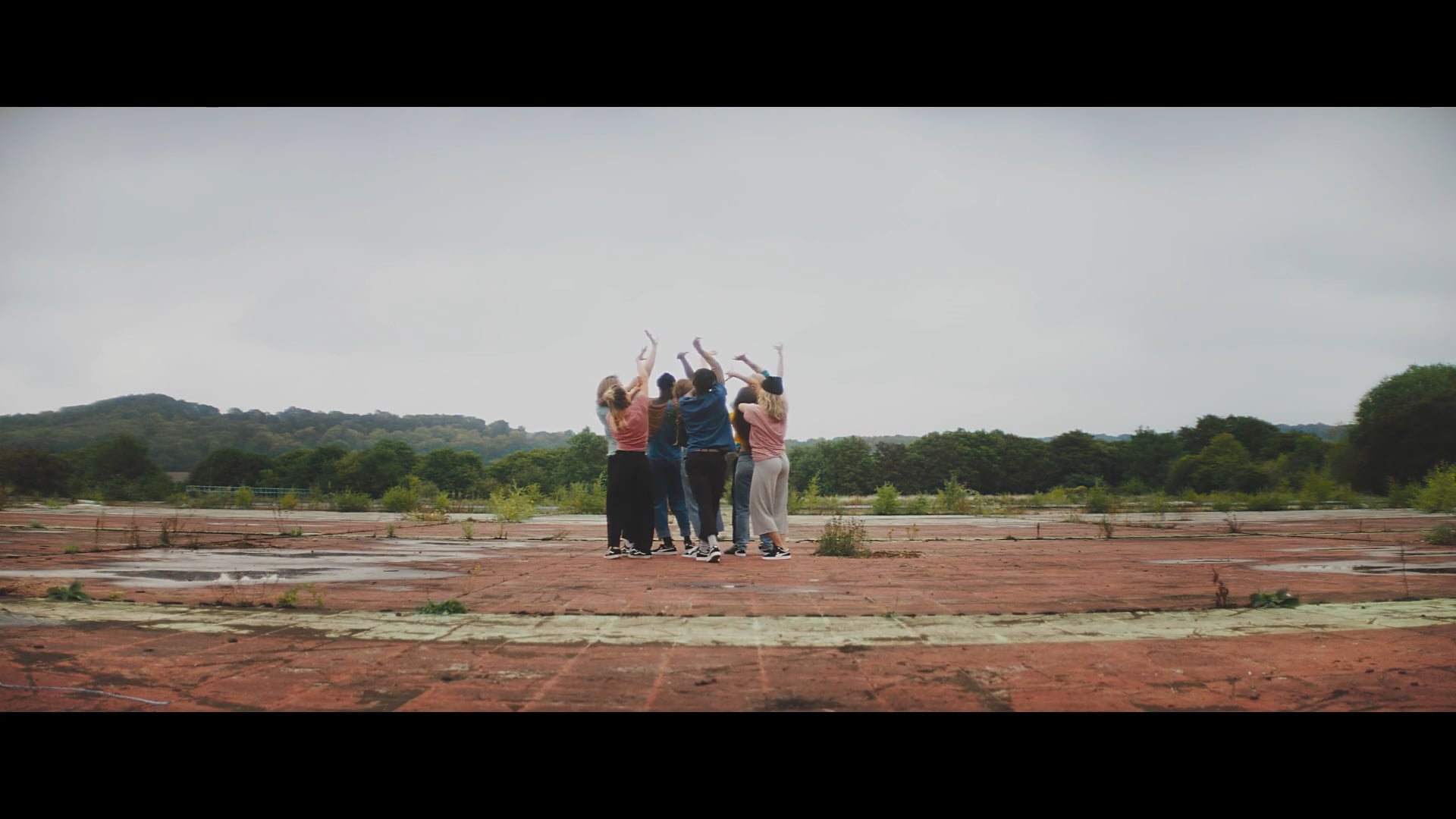Please briefly describe your childhood.
I grew up surrounded by music. My parents met at the Latvian Academy of Music in Riga. Some of my earliest memories are sitting in the orchestra pit of the opera while my mom played cello, or listening to her practice on summer afternoons in my grandmother’s house.
We moved to America during the political upheaval that lead to the Soviet Union’s collapse. I was too young to recognise the significance of what was happening, but you could feel something monumental underway when people took to the streets angling to end Soviet occupation. There was one specific event that involved a chance encounter, a mysterious package, and the heightened state of Soviet paranoia that catapulted our family out of the country, but that’s a story for another day.
Before we knew it, we were in a small town in Michigan, watching tanks roll into Riga on a television set. Then the Berlin Wall fell. And it was all over.
But we stayed in Michigan, where I spent the rest of my childhood, in a town called Kalamazoo. As idyllic and midwestern as it gets. Still surrounded by music.
What led you to filmmaking?
I remember the exact moment. I had just started high school. I’d always had an interest in the arts. For a long time it was music, but that spread into photography and writing and painting and graphic design and anything I could get my hands on.
One day, when I was a freshman, a group of friends and I went to someone’s house who I hadn’t met before. Her parents were out of town and she threw this big party. It was exactly the kind of thing you’d imagine bored midwestern kids getting up to. One of the rooms had a TV that played Wes Anderson’s ‘Rushmore’ on VHS and I hadn’t seen anything like it before.
This really simple epiphany hit me. Sure, I’d watched a lot of movies growing up. My mom loved them. We always had a few on the go from Video Hits Plus, the local rental chain in Kalamazoo. But I’d never considered it as a thing you could do.
And that’s when it hit me. It was the one medium that combined everything I’d always loved. It was storytelling, it was performance, it was sound and photography and aesthetics and then, it was everything.
Did you study film or learn on the job?
I didn’t realise how fortunate I was to grow up in Kalamazoo until I became interested in film. There was this incredible and very well funded arts program for high school students across the city called Education for the Arts. You could pursue different disciplines, like contemporary dance, music composition, theatre, TV production, and film. I signed up as soon as I could.
It was transformative. Very little compares to how they work with students. Even when I eventually moved abroad to study film at the London College of Communication, it couldn’t touch how eye-opening that experience was.
We had incredible instructors from different disciplines. We shot 16mm films long after it went out of fashion and before it came back again. We had one of the earliest Final Cut Pro studios for students in the country. We made digital animations. We made hand-drawn cel animations on 16mm. We could splice film on a Steenbeck editor. We created sound installations. There was just this freedom to explore and try techniques and mix different formats together that has stuck with me to this day.
Every time we press replay on your CloudX film we see more fabulously crafted tricks. What was the original brief – and how did you develop the treatment? Did you work out every step and move precisely before the shoot?
The brief was more of a clear insight than a guide. On recognised that people often use their running shoes to not only run, but for other workouts too, even though running shoes aren’t engineered to do that.
So they developed a new shoe, the CloudX, that was light enough for runs but stable enough for mixed workouts, and that was the challenge for the film. How to create something that mixes all these ideas together, but does it in a fun and playful way that doesn’t feel like the usual sports film. In other words, part of it was about showing what the shoe can do, but another part was giving the brand its own character and voice.
I write a lot of scripts, so it was great to put the writing-side of my mind to work and give the open brief more of a shape and structure, and there was a lot of trust form everyone at On to let that happen. They were so collaborative to work with.
After we landed on a final script, it did take a lot of planning and very precise storyboarding to make sure all the shots would work the way they needed to. We found a truly great location — the site of the ’92 Olympics in Barcelona that is now a sports university — and they gave us a lot of freedom with their facilities, where we did several technical walkthroughs in the days ahead of the shoot. We didn’t leave much to chance.
What was the most challenging part of the whole production?
Time. Definitely time.
So many of the shots have this graphic simplicity to them, you almost forget all the different composited plates they require. The shot where she lifts a pair of dumbbells, for example, has to be created from seven plates. So if you look at the storyboard frames and start multiplying some of them by seven, some of them by three, and that wide master by something like twenty-five, that makes for one very, very long shooting day (and it was just one day).
But I was very fortunate to have a killer crew. Production was handled by CANADA in Barcelona, and as we already know, they are the foremost experts on how to make the impossible look easy. They just have this stubborn determination to make the best possible films, no matter what, and it was such a joy to work with them.
CloudX, On Running draws on your earlier experimentation throughout your music videos – Melt was a beautiful foray into VFX for instance or perhaps you work out sequences in camera?
Well, what I love about filmmaking is how collaborative it is. I’d love to take all the credit for how the effects look in Melt, or how some of those very technical shots in CloudX work, but they only come to life through the ingenuity of all the filmmakers who have worked on those projects.
With Melt, I had a very specific look for the effect I wanted to pull off, but something looking cool in your imagination does you little good when cameras start rolling. You have to make those imagined images real somehow. So that video happened all thanks to a conversation early on with my very talented DP James Rhodes. The most obvious way to pull the effect off would have been motion control, but we didn’t have the time or budget or even physical space for that. So James came up with the idea for this ingenious lo-fi rig that involved laser pointers, the song’s beat timed out through markers on the studio floor, a travelling green screen, and a grip who happened to be a drummer with impeccable musical rhythm.
I handled most of the shot design in post myself, with keying and cleanup help, but if it weren’t for James’s work during the shoot, none of that would have mattered. The in-camera ingenuity is what made the VFX design possible.
The same is true for CloudX. There’s that shot near the end where the camera flips 180º overhead. A lot of people have scratched their heads over how it was done. And so did we. I had a few conversations with my super sharp DP Fran Rios, and CANADA’s absurdly clever in-house VFX supervisor Alvaro Posadas, and we considered all sorts of different approaches.
It increasingly appeared impossible with our time constraints, but we were determined. And again, with complete ingenuity, our grip ended up constructing a special rig with parts he had designed and manufactured himself (our producer nicknamed it the FlipGrip and we are all convinced he must patent it immediately). We were able to pull the effect off completely in-camera, with no post clean-up at all.
Let Go and Friend, although both completely different in tone, explore characters fighting their own inner demons – literally. Or have we misread the narratives?
Yeah that’s very true. Those two videos ultimately share a common theme even though they tackle it from different perspectives. With ‘A Friend,’ the idea emerged from my reaction to the lyrics. I kept thinking about how complicated something as simple as friendship can be, how emotionally messy that can get when you say things you don’t mean and you can’t take them back, when there isn’t a familial bond that keeps you together but it’s hard to walk away all the same. So the video takes that internal grappling, that anger and love and truth and makes it external, expressed through the simple trope of a fight sequence.
‘Let Go’ on the other hand, came from a different place. It was a story that was very personal to Connie. All the men in her life, from her father and uncle to a previous partner, all shared boxing in common. And that was a way for her to relate the idea of this song, how you can often hurt the ones you love the most, how you can keep coming back to someone after being hurt. And how it isn’t really about that other person, but you yourself. So this video expressed that idea a bit more directly, with Connie literally fighting herself.
Where do you live and where do you call home?
I’ve lived in London long enough to call myself a Londoner, but the idea of home is more complicated. There’s the home I’m from, Latvia, the home where I grew up, Michigan, and the home I come back to now in London. They’re all so different from each other, like they were different worlds of their own, but they are where I feel at home all the same.
